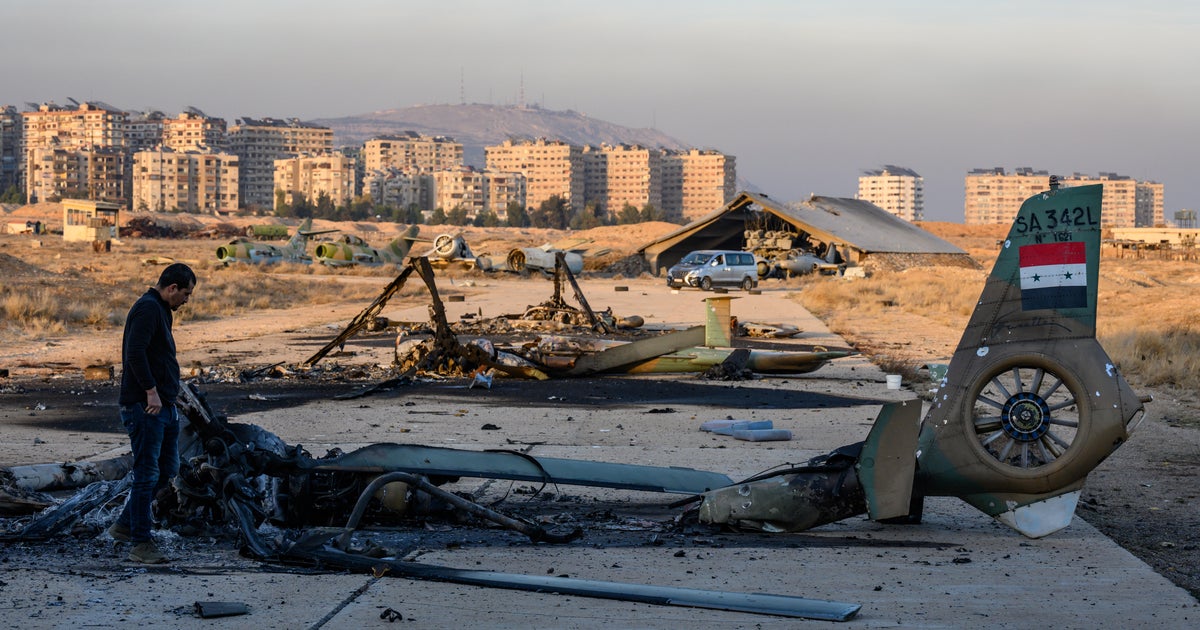Doomsday Clock is now 100 seconds to midnight, the closest since the Cold War
The Doomsday Clock, a visual depiction of perceived threats facing Earth and mankind, moved this year from two minutes to midnight to 100 seconds to midnight — the closest it's been to midnight since the Cold War.
The new symbolic time was announced Thursday by the Bulletin of the Atomic Scientists, which has set the clock for nearly 75 years. In a press release, the organization said it moved clock 20 seconds closer to midnight — "closer to apocalypse than ever" — because of a "new willingness of political leaders to reject the negotiations and institutions that can protect civilization over the long term."
"In so doing, board members are explicitly warning leaders and citizens around the world that the international security situation is now more dangerous than it has ever been, even at the height of the Cold War."
The clock has now ticked down past the time set in 1953, when both the U.S. and the Soviet Union were testing hydrogen bombs.
At the end of the Cold War, the clock was set 17 minutes from midnight.
"The fact that the Doomsday Clock now sits at a mere 100 seconds from midnight signals really bad news indeed," said Robert Rosner, chair of the science and security board at the Bulletin of the Atomic Scientists. "What we have called the new abnormal last year a 'dismal state of affairs' in the realm of nuclear security and climate change, now has become an apparently enduring, disturbing reality where things are not getting better."
The clock was created in 1947 by the Bulletin of the Atomic Scientists, which evaluates scientific and technological advancements and works to sway public policy. Whether or not the clock's minute hand moves every year is decided by the organization's Science and Security Board alongside its Board of Sponsors — comprised of more than a dozen Nobel laureates, according to the organization.
The clock is used to communicate the severity of threats to Earth and mankind based on the minute hand's proximity to midnight, which symbolizes an apocalypse.
Sarah Lynch Baldwin contributed to this report.



